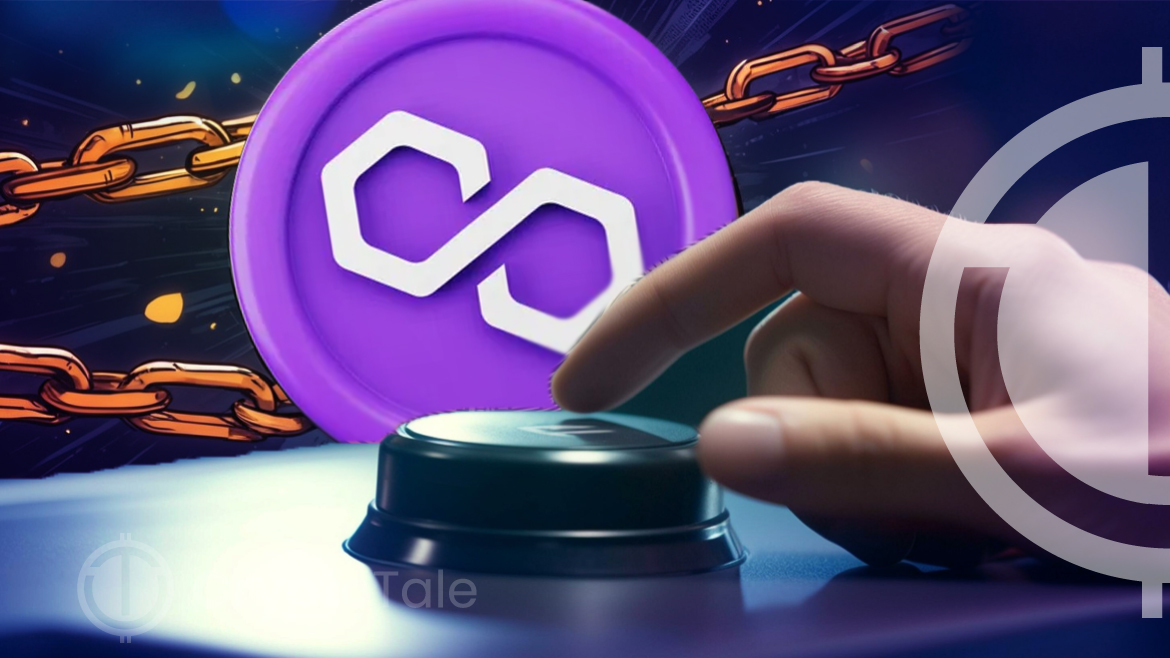
Polygon Labs, a leading Ethereum scaling developer, has announced the upcoming launch of its Aggregation layer or “AggLayer” protocol in February. This innovative architecture promises to revolutionize blockchain scalability by overcoming the limitations of existing models and building a more unified web3 experience.
Sandeep Nailwal, the co-founder of Polygon, announced the launch of Polygon 2.0 architecture, which transformed the value layer of the internet with unlimited scalability and unified liquidity. Last year, Nailwal unveiled the innovative architecture of Polygon 2.0 in a detailed tweet, highlighting its potential to revolutionize the internet’s value layer.
AggLayer relies on zero-knowledge proofs, a type of cryptography that the company is betting on as a core underpinning of future blockchain architecture. According to a blog post shared by the official team, “aggregation synthesizes the benefits of both integrated (monolithic) and modular architectures using ZK technology.”
The platform seeks to bridge the gap between monolithic and modular chains, which are the two primary scaling approaches that blockchains grapple with. While monolithic chains, such as Bitcoin, offer robust security, they face limited transaction processing capacity. On the other hand, modular chains, such as Ethereum post-Merge, boast enhanced efficiency, but they often suffer from fragmented liquidity and complex user journeys.
AggLayer aims to leverage the power of zero-knowledge proofs (ZK-proofs) to connect diverse Layer-1 and Layer-2 chains into a single web-like network, fostering unified liquidity and simplifying user experiences. Through AggLayer, developers can verify blockchain transactions without revealing all underlying data, enabling secure and seamless cross-chain interactions.
The platform aspires to make users interact with applications and assets across different blockchains as effortlessly as browsing the internet. ZK-proofs facilitate near-instant atomic cross-chain transactions and unified liquidity pools, which means users will no longer be bogged down by cumbersome bridging processes. This opens up a plethora of possibilities, from exploring DeFi protocols on various chains to seamlessly trading NFTs across diverse ecosystems.
AggLayer represents an evolution within blockchain design, building upon existing paradigms. It takes the sovereignty and scalability benefits of modular architectures and combines them with the unified liquidity and UX advantages of monolithic systems, all through the power of ZK-proofs.
Polygon’s MATIC token plunged through a two-month support barrier at $0.75 today, flashing red after confirming a bearish Head and Shoulders pattern. The neckline break, coupled with a dip below $0.70, intensifies the selling pressure and suggests a potential downtrend.













